For a close-up look at what this hike is really like, here are our biggest lessons learned on the Tour du Mont Blanc.
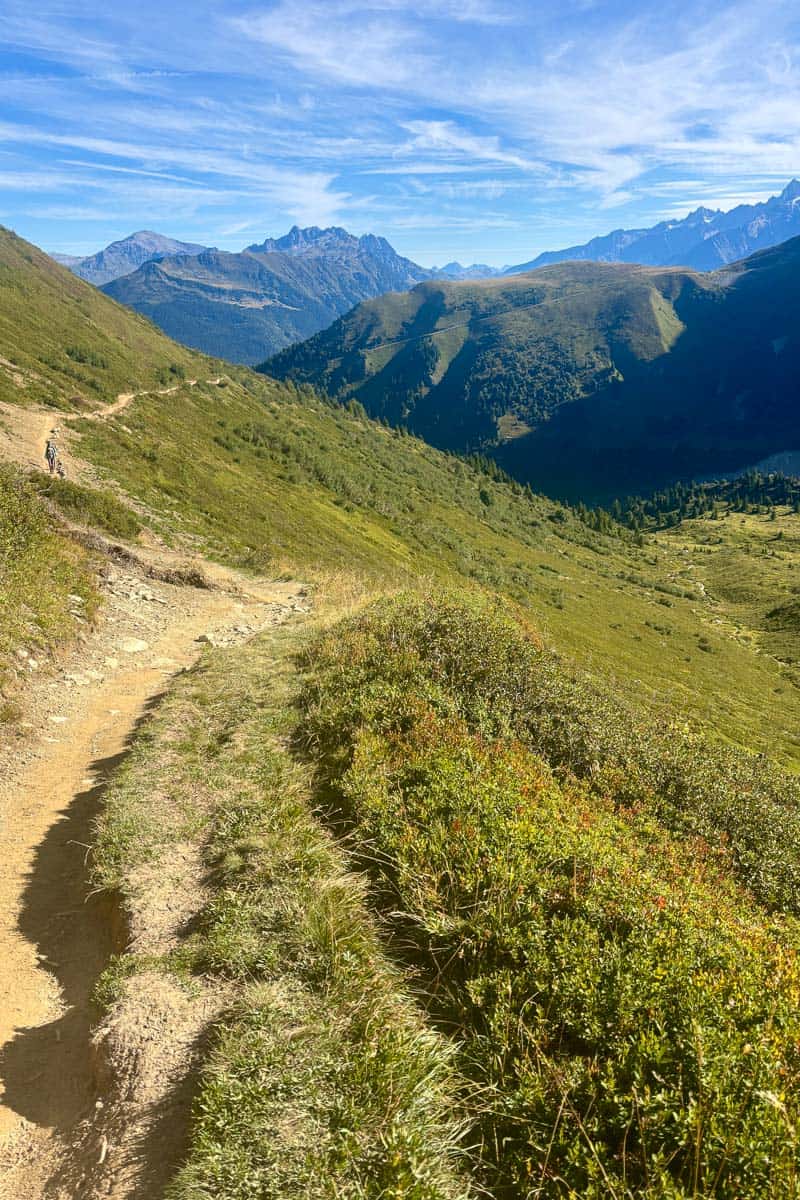
We hiked the Tour du Mont Blanc in 2025, and it was challenging, overwhelming and spectacular.
You can read our recaps of each stage (starting with stage 1 and coming soon!), our thoughts on food on the TMB and backpacking gear (also coming soon!), tips on shortening the trail, and camping advice.
Some of our ‘lessons learned' on the Tour du Mont Blanc didn’t really fit into any of those topics, so this is a compilation of other things we realized along the way that we thought might be helpful!
“This Hike Looked Easier on YouTube”
I heard this from two different hikers. Laugh all you want (and I did chuckle both times), but it’s absolutely true.
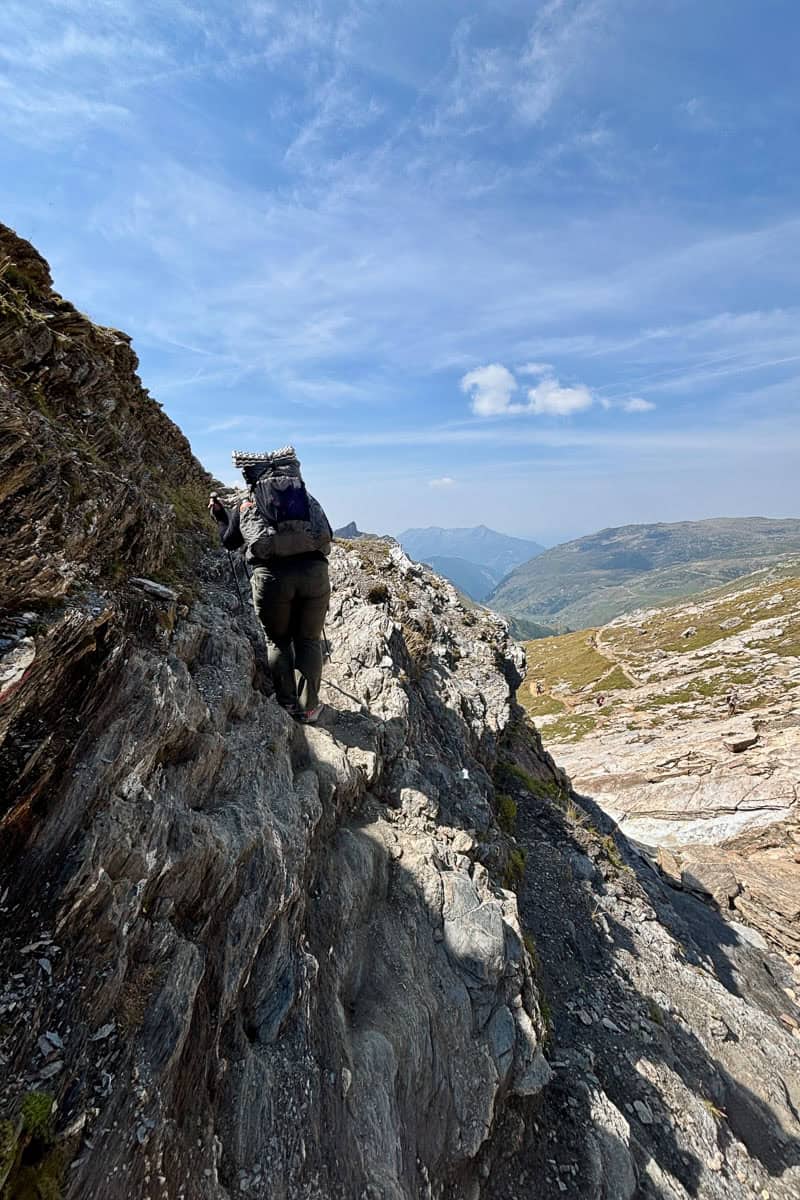
If you’re already summiting 14-ers in Colorado regularly, maybe this hike will be a walk in the park for you. The Tour du Mont Blanc has an approximate elevation gain of about 30,000 feet and an equally challenging elevation loss of 30,000 feet over more than 105 miles.
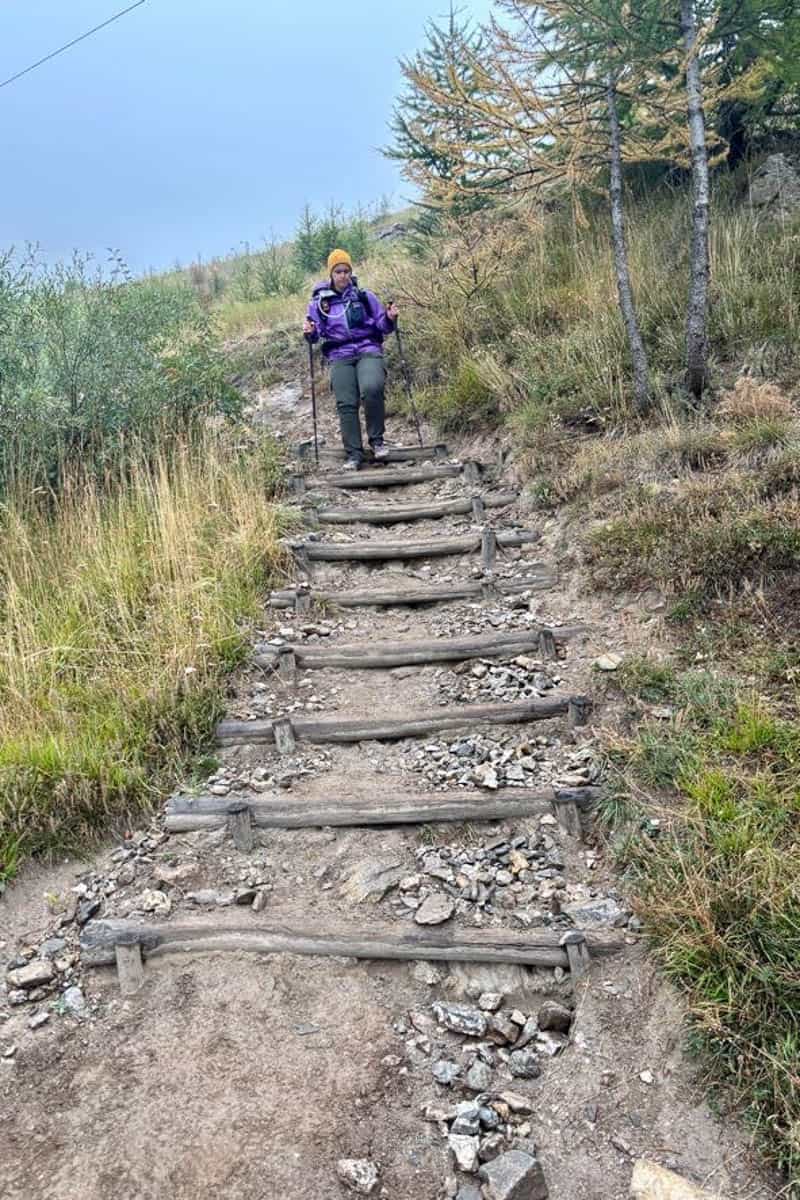
Our main strategy to train (in addition to our usual fitness routine) was to spend more time on our feet for about a month before the trail.
We started at 10,000 steps a day and then upped it to 15,000 steps a day, and I credit that for my almost complete lack of foot fatigue on the trail.
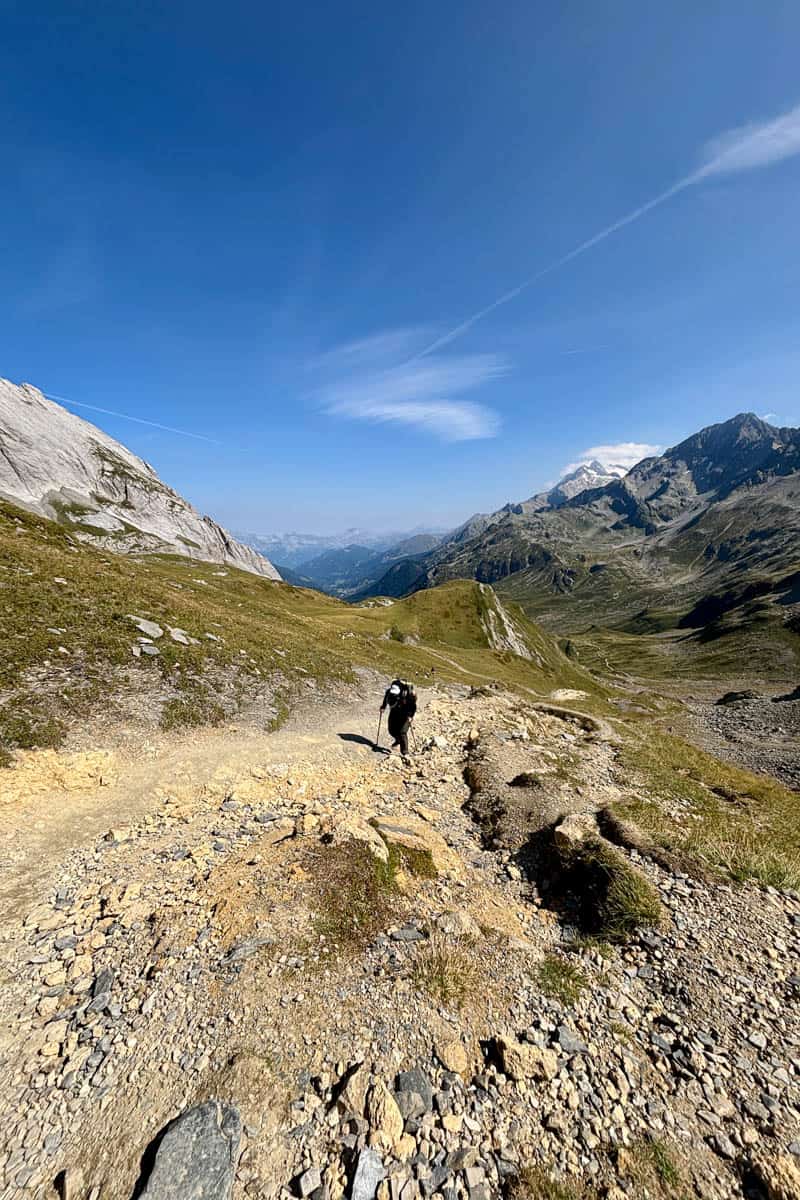
We also incorporated lots of stair repeats, going up and down physical staircases. (We used stairs in our home but you can also use stadium bleachers.) I preferred this to the stair master at the gym because it allowed me to easily practice downhill as well as uphill.
I still found this hike really difficult and struggled on the uphill. I saw others struggling more on the downhill.
The more you’re prepared physically for the hike, the more you’ll enjoy it. Because guys, “this hike looked easier on YouTube.”
Beware the French Stinky Cheese
This lesson learned is a little gross. Feel free to skip ahead if you want, but also I think if you’re easily grossed out, this is even more important to be aware of.
France is home to some extremely stinky cheeses. And listen, I love a stinky cheese. I even like it in a grilled cheese sandwich!
In particular, Morbier (a semi-soft cheese with an “ash line” marking the center) is known for being pungent.
On our second day of the TMB, we picked up a baguette, cured meats and (oops – Morbier) cheese for some sandwiches. (As had already become our habit.)
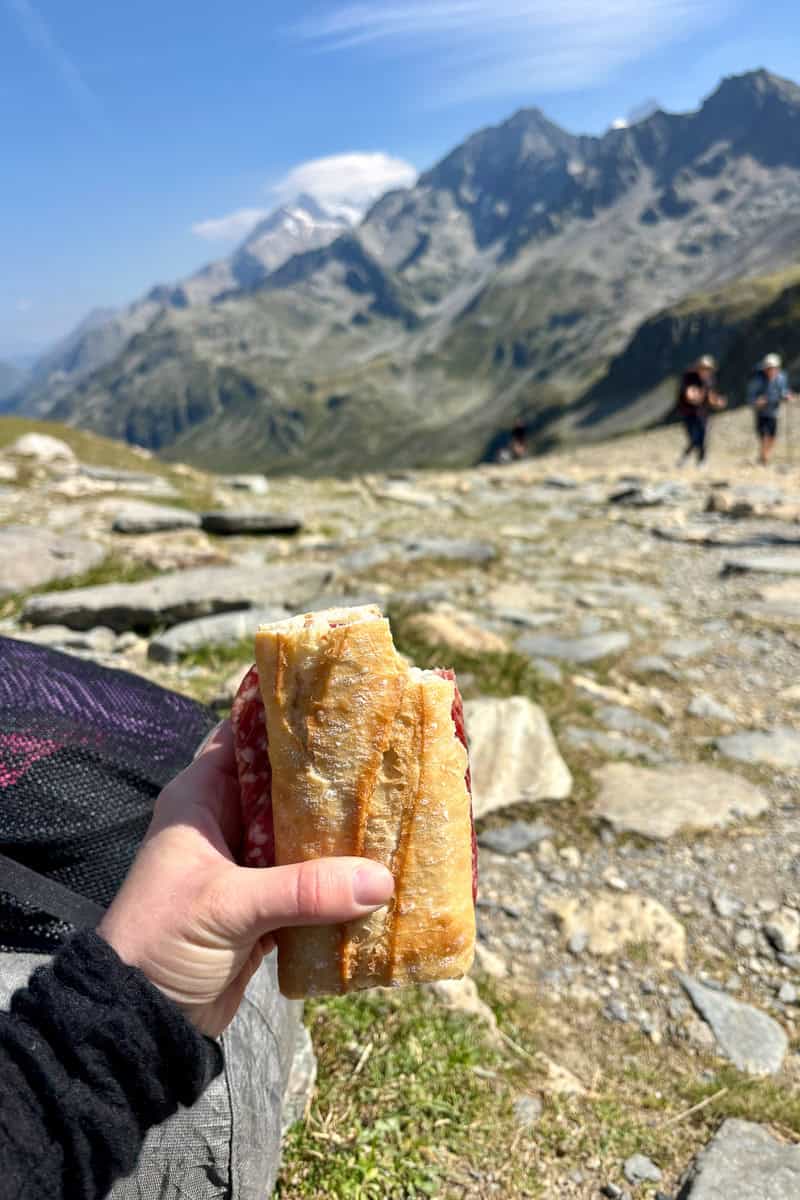
When we stopped for lunch and opened the bag with the food, the smell was STRONG. It was also delicious.
But the story doesn’t end there. Not only did the bag smell perpetually of cheese for a day or two, something much worse happened.
The smell of the cheese must have come out of our pores as we sweated, and our clothes (in particular our socks and shoes) smelled like Morbier for the remainder of the trip. We found a laundry area at a campground a few days later, and that helped, but the lingering scent of Morbier remained until we got home and did laundry with an extra-long soak and lots of baking soda.
Beware the Morbier. You have been warned.
Cash is King (If You Want a Snack)
Many of the mountain huts and roadside food stands are cash-only. If you want lots of snacky snacks along your way, bring cash. And the snacks are definitely worth it.
How much cash you need depends on how many snacks you want! We spent around 10-20€ or francs per person per day. (Some days more, some less, some none.)
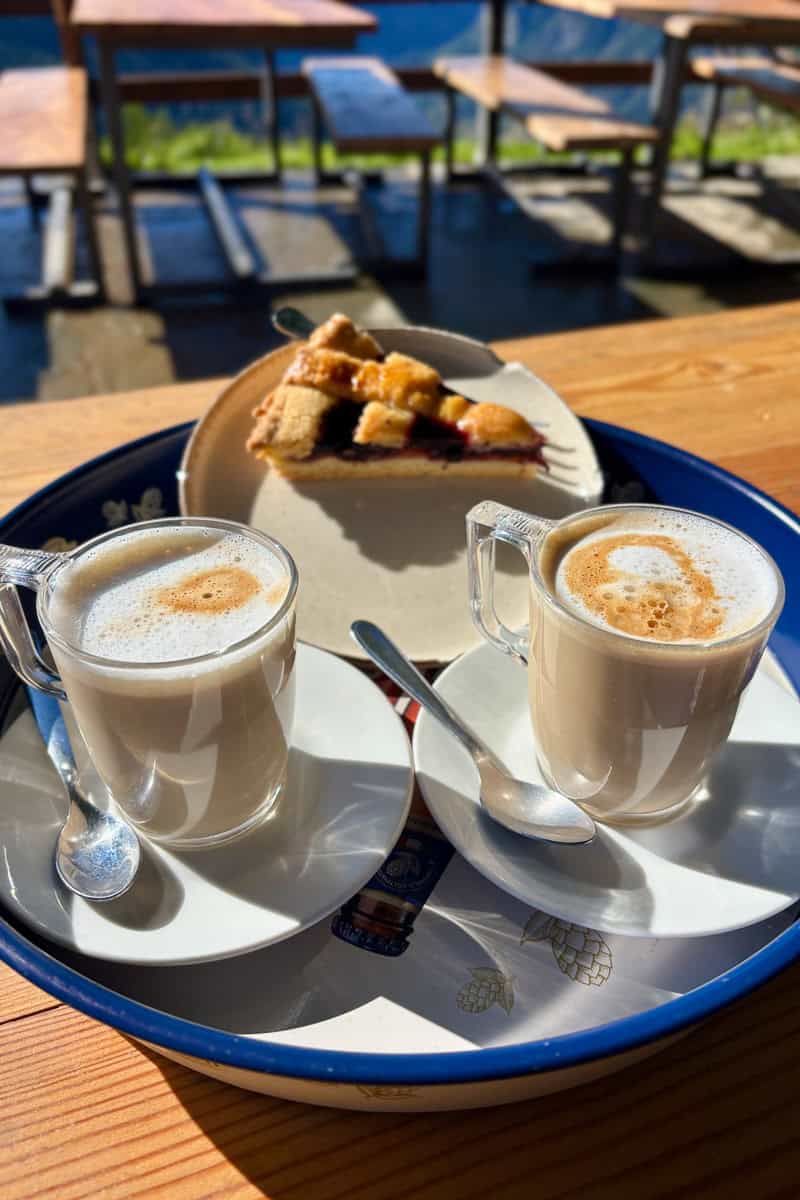
If you’re staying in the huts, make sure to check your booking confirmation to see if you owe more upon arrival and if the location takes cards.
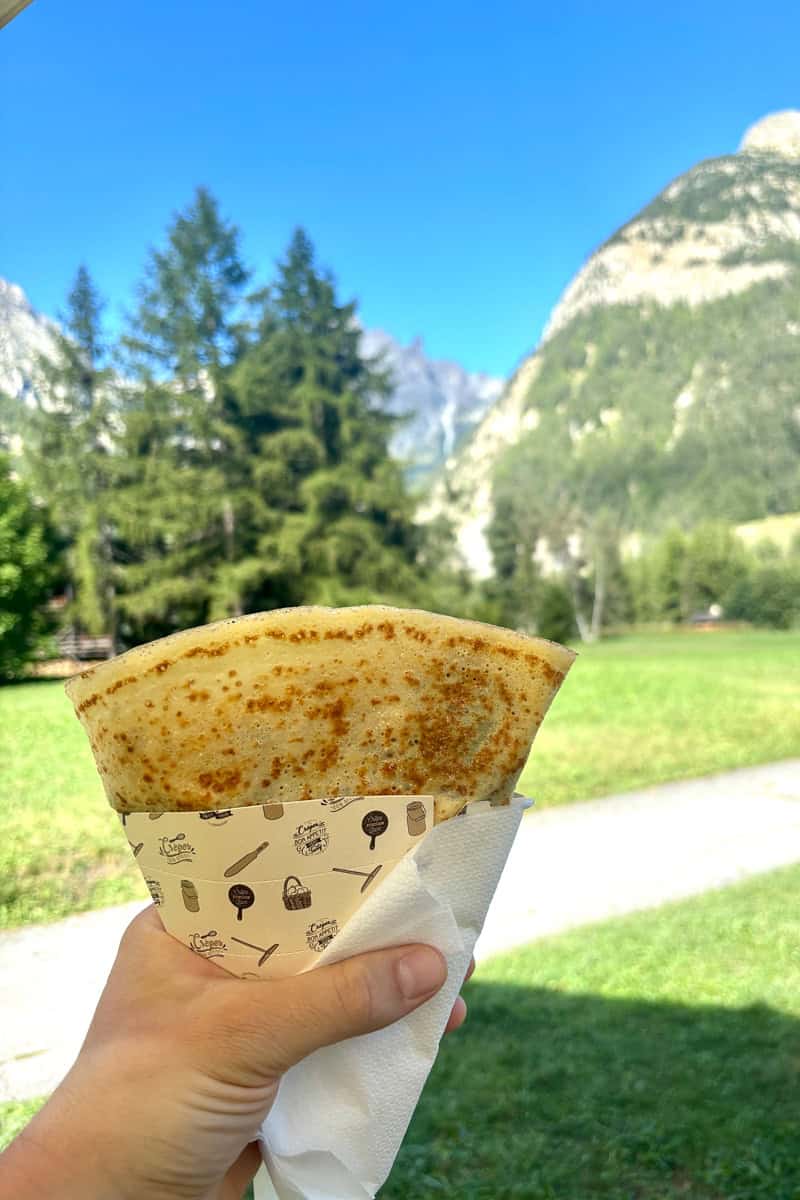
And remember that you’re passing through three countries. France and Italy use the euro, but Switzerland uses the Swiss franc. Most cash-only Swiss locations we stopped at also took euros, although the exchange rate means you’ll pay more than the posted amount in euros.
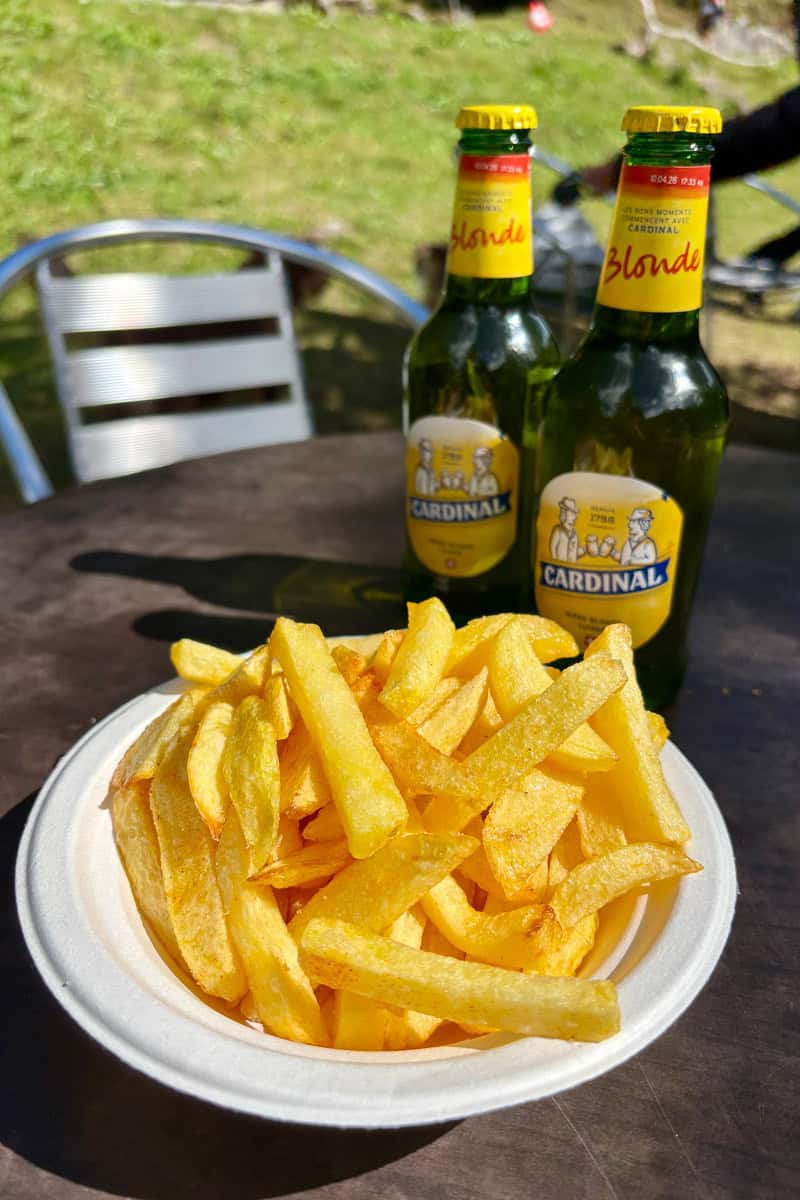
Take Sun Protection Seriously on the Tour du Mont Blanc
As someone who gets a sunburn when I think a little too hard about visiting the beach, I took the chatter I heard about sunburns on the TMB seriously. I came prepared with a sun hoodie, a sun hat, sunglasses and (for any exposed skin) a mineral-based sunscreen.
My husband, on the other hand, has a more olive complexion and rarely burns. Well, here’s his hand on day 2, complete with sunburn lines from both his watch and trekking pole straps (see photo below).
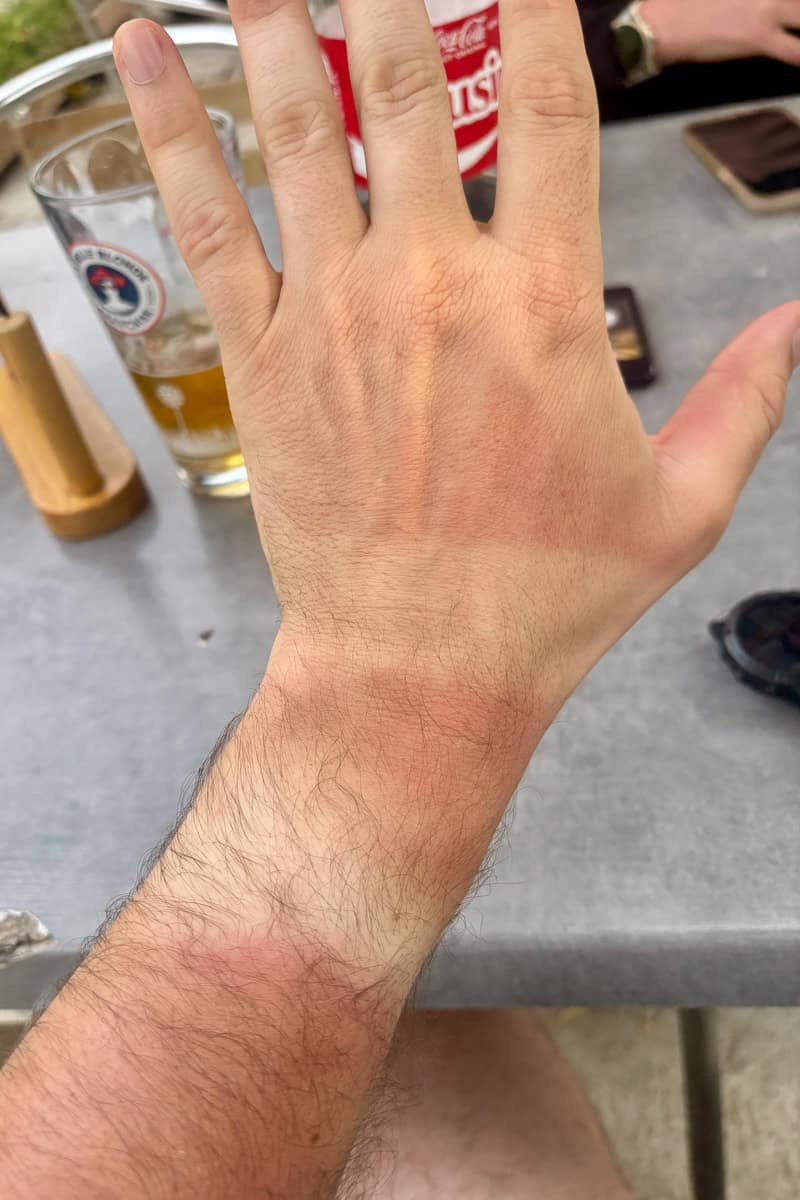
From this day on, he (mostly) either wore his sun hoodie or sunscreen (or a combination).
All this to say, take care of your skin on this trail! The sun is strong here.
Check the UTMB Race Dates Before Booking Your Trip
The UTMB (ultra marathon Mont Blanc) is series of ultra races held in the Chamonix area at the end of August each year. Race week was just starting when we arrived.
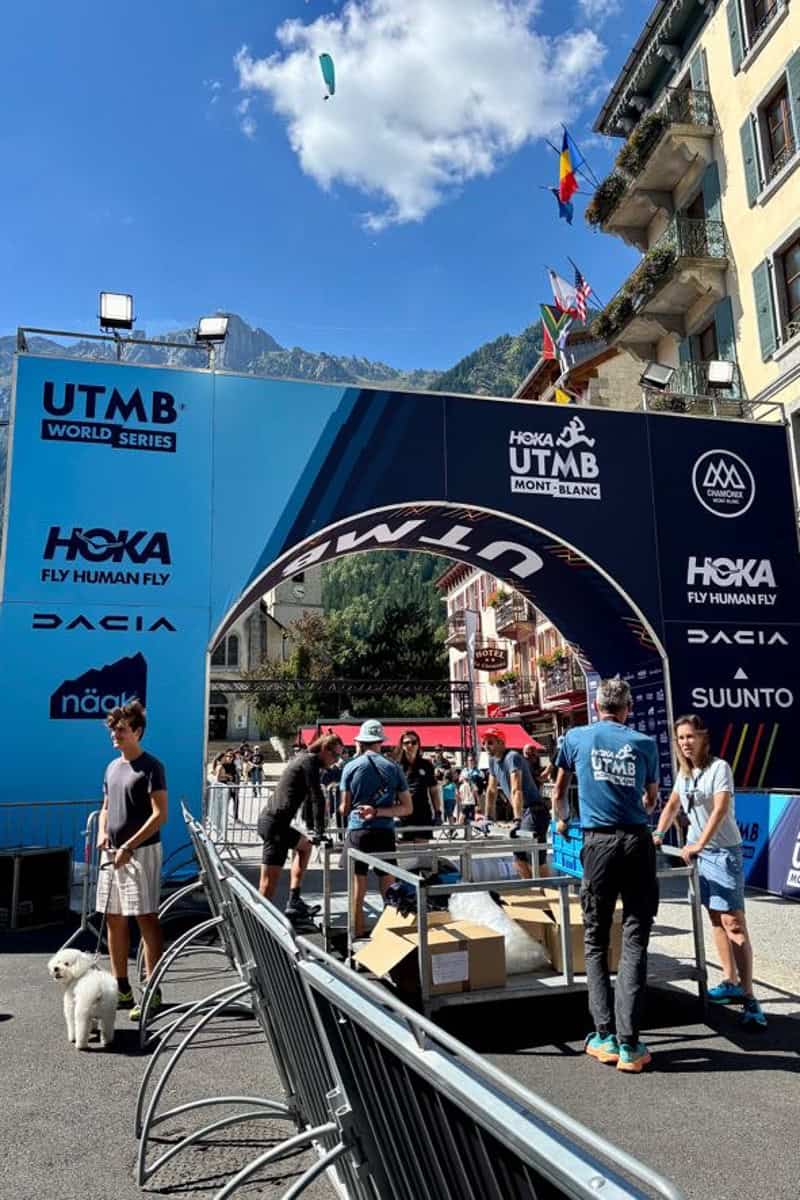
The good: The atmosphere in Chamonix was fun and energetic. We were able to cheer on racers, feel like we were part of something exciting, get glimpses of UTMB drop box stations that had been delivered by helicopter and it was all very exciting.
My husband and I have also done some trail running (on a much, much smaller scale) and it was exciting to see this world famous race in action.
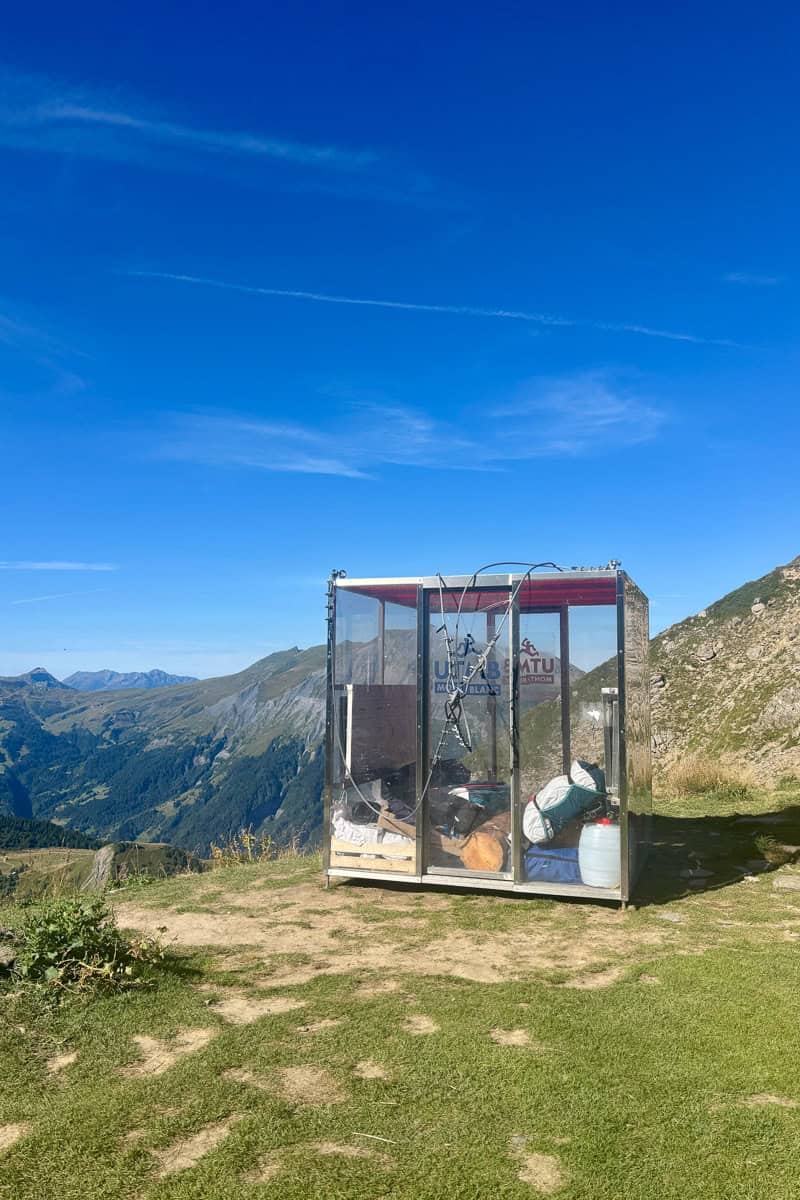
The bad: Restaurants were busier, for two days the trails were extremely crowded (making it harder to hike), and for two nights I was kept awake by nearby UTMB aid stations blasting music and cheering all night long. (I feel like I sound grouchy here, but it really did impact those two hiking days.)
What to Consider About Hiking the Tour du Mont Blanc During Race Days
One of the races, La Petite Trotte à Léon (PTL) started the same day that we did in Chamonix. It did not impact us at all as they used a different route, not the main TMB. The PTL course changes every year, though.
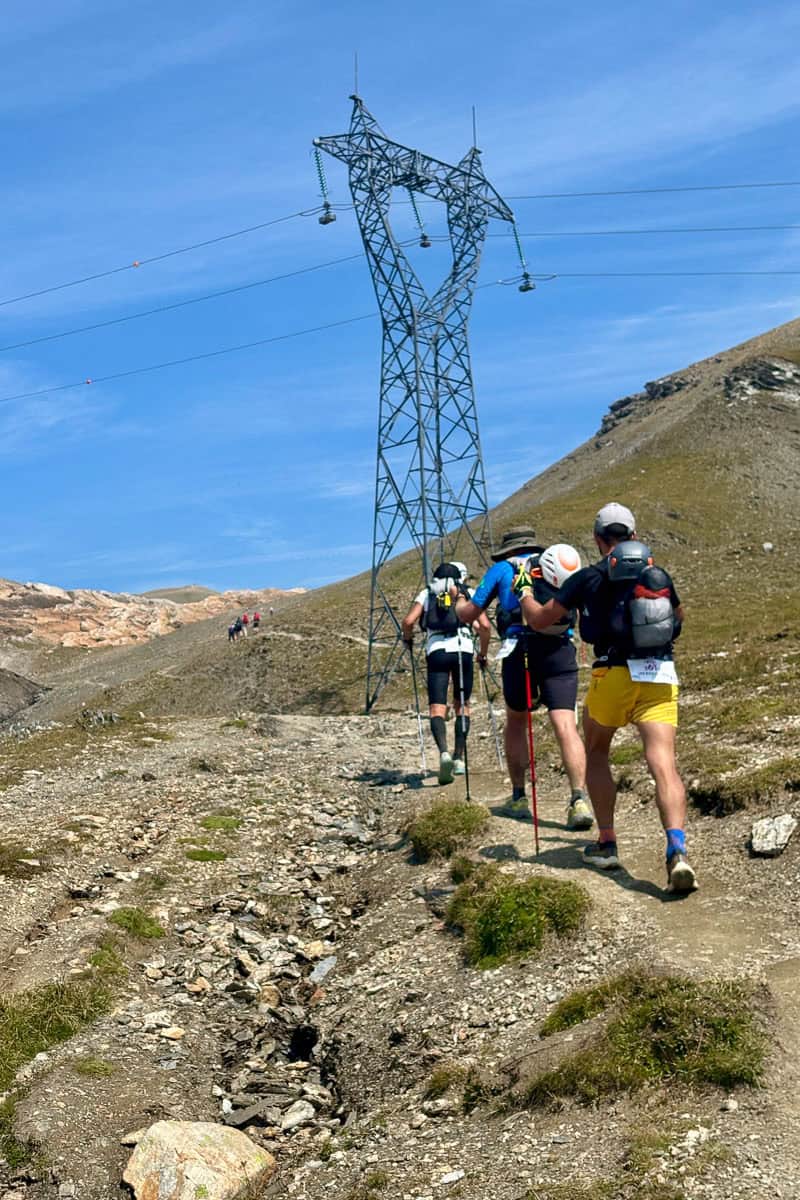
The UTMB main event starts in the evening while most hikers are sleeping, and by the time hikers wake up and start hiking, the runners are much more spread out.
Be aware, though, that if you are hiking the day after it starts, you absolutely will be stepping aside for runners most of the day if you’re in the second half of the course (between Courmayeur and Les Houches).
It wasn’t too disruptive to our day and was mostly kind of fun, although I was looking over my shoulder often.
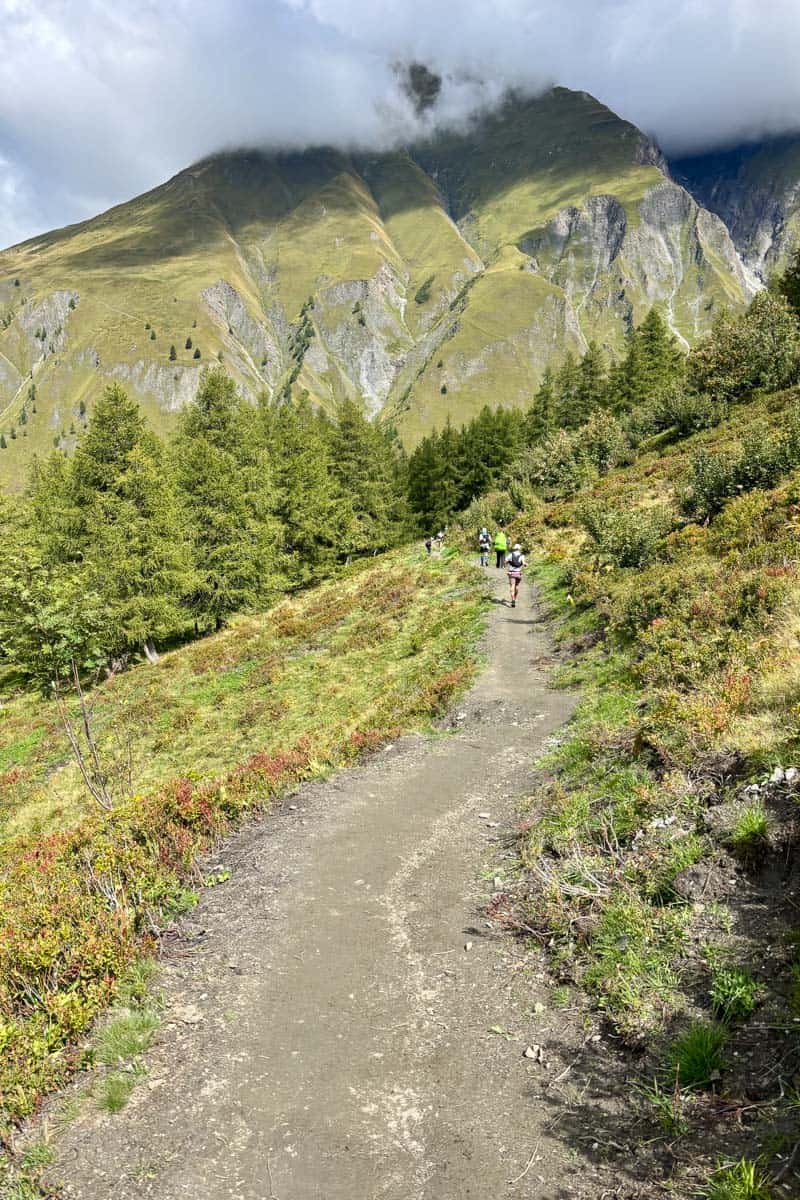
The CCC race day was the one that exhausted me. We started our hiking day in Courmayeur at 7:30-ish, and the CCC began in Courmayeur at 9 a.m. We had racers passing us nearly constantly on a narrow single lane track from around 10 a.m. to 2 p.m.
It was fun at first, but soon I was so exhausted that I had to take a cocktail break at Refuge Bonatti (ha, what a place, that this is even an option!). We waited out (most of) the rest of the runners and continued our hike.
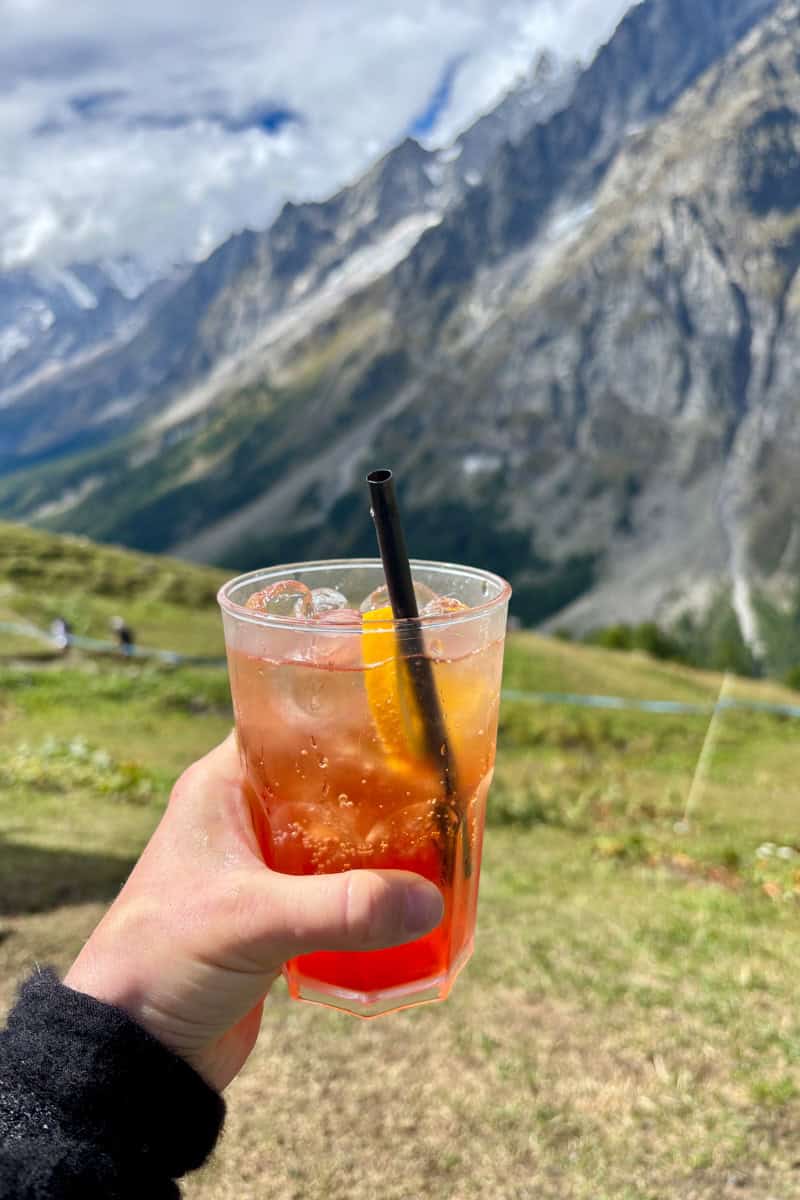
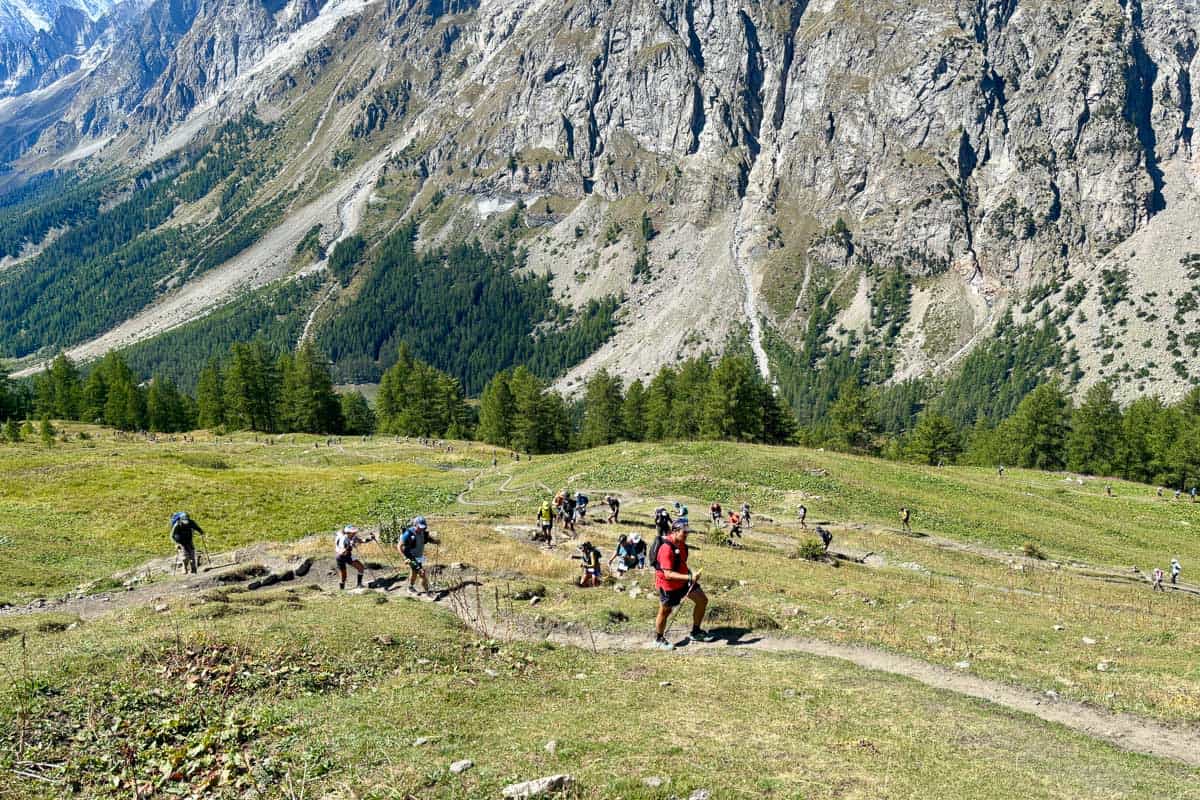
There are many other races that week. UTMB posts the dates and times for the races well ahead of time.
If we were choosing dates for a second TMB trip, I wouldn’t necessarily avoid the whole UTMB week. I would, however, try to make sure I wasn’t starting in a city on the same morning as a race start time.
Did you hike this? What lessons learned on the Tour du Mont Blanc would you pass on?

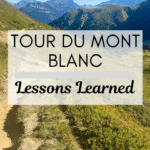
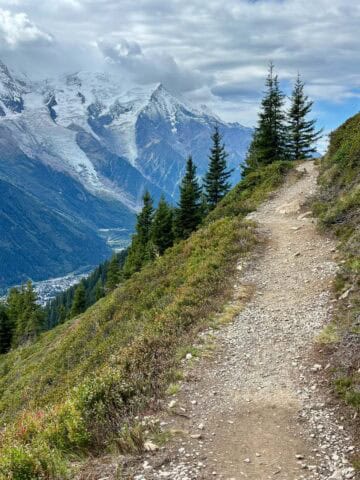
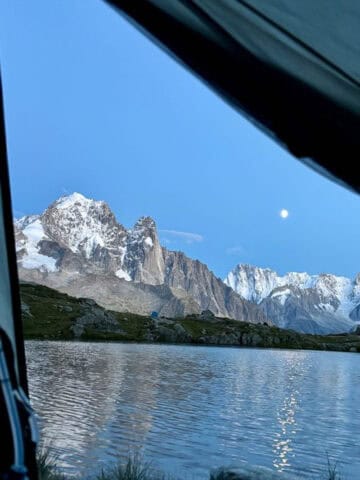
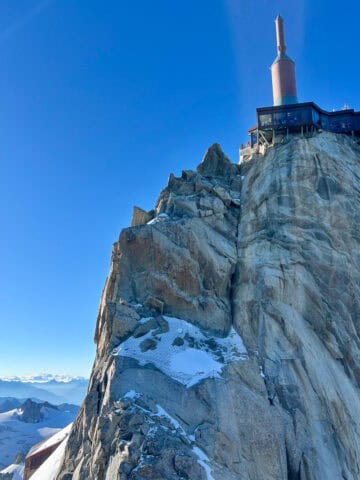
Leave a Comment: